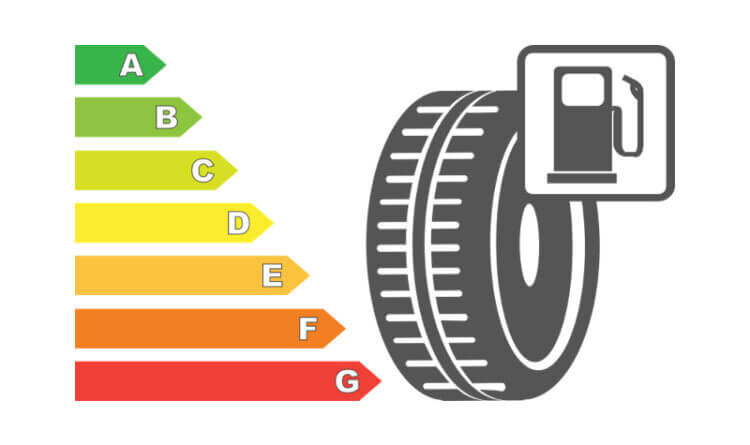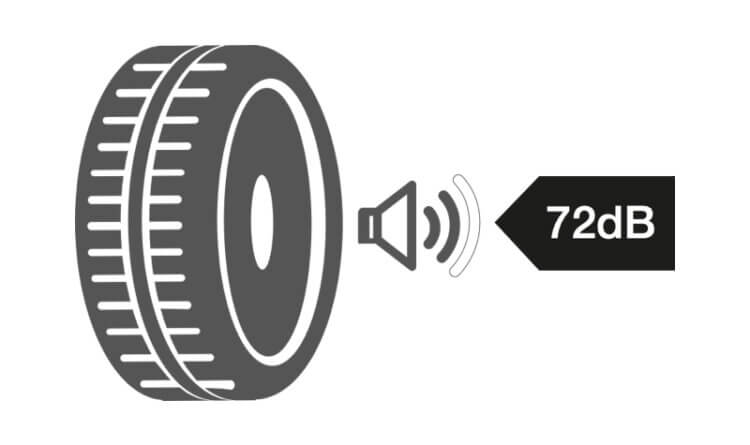Tyre labels and what they mean
Understanding Tyre Labelling Regulations: A Comprehensive Guide
In today’s automotive landscape, tyre labels and tyre labelling regulations play a crucial role in ensuring transparency and safety for consumers. At 4×4 tyres, we prioritize educating our customers on these regulations to empower them to make informed decisions when purchasing tyres. In this comprehensive guide, we delve into the intricate details of tyre labelling regulations, covering everything from the significance of labelling to deciphering the information provided on tyre labels.
Deciphering Tyre Labels: What Do They Mean?
Tyre labels contain essential information that helps consumers evaluate the performance and characteristics of a tyre.
Fuel Efficiency Rating
The fuel efficiency rating, depicted by a letter ranging from A to G, indicates a tyre’s ability to minimize fuel consumption. Tyres with a higher fuel efficiency rating (closer to A) offer better fuel economy, resulting in cost savings and reduced carbon emissions over time.
Tyre Wet Grip Rating
The Tyre wet grip rating, also designated by a letter from A to G, measures how effectively a tyre can stop on wet roads. Tyres with superior wet grip performance provide shorter braking distances and enhanced safety in wet conditions.
Tyre Noise Ratings
Noise emission levels are represented in decibels (dB) and categorized into three classes indicated by sound waves. Lower noise emission levels contribute to a quieter and more comfortable driving experience, making tyres with reduced noise emissions highly desirable for consumers. Tyre Noise ratings can be an important consideration when looking at all-terrain tyres and mud-terrain tyres.

Tyre fuel efficiency
Rolling resistance is a measure of the tyre’s fuel efficiency.
A tyre rated A for rolling resistance would use comparatively less fuel than an ‘E’ rated tyre if used on the same vehicle in the same conditions. So choosing an A or B-rated tyre if you’re doing a high mileage could help you to save on fuel costs. Rolling resistance is also massively important for electric vehicles, where every little helps to extend the battery range so pay attention to this if you’re looking at tyres for an all-electric vehicle like the Maxus T90 or even a hybrid vehicle like Mitsubishi Outlander.
There’s a balancing act between rolling resistance and grip, which the best tyres can overcome thanks to the clever tread design and use of advanced materials. As tyres can account for up to 30% of a vehicle’s fuel consumption, choosing tyres with a higher tyre fuel efficiency can help save fuel.

Wet grip
Tyre wet grip rating is measured from A to E, with A being the best and E the worst. It’s actually the tyre’s ability to brake in the wet that’s measured, so an A-rated tyre will stop in the shortest distance on a wet road. This is a major safety consideration when choosing tyres for road use.

Tyre noise ratings
Tyre noise ratings are measured in decibels – the lower the decibel number, the quieter the tyre. This is the noise made by the tyre as measured from outside of the vehicle.
If you’re shopping around for quiet road tyres, it’s best to not use this figure in isolation. You can now buy tyres with sound-deadening materials inside them, like Continentals’ ContiSeal, that dampens noise and vibrations and helps to stop them from entering the vehicle. Although technology like this can reduce noise in the vehicle interior, it won’t affect the tyre noise ratings (as this is measured from the outside).

Exemptions from tyre labelling
Tyres that are classified as POR (Professional Off-Road) are exempt from tyre label information. These are mud terrain tyres that are road-legal, but outside of the classification system. So will not show the tyre wet grip rating, Tyre fuel efficiency and tyre noise ratings.
Compliance with European Tyre Labeling Regulation (EU) 2020/740
The European Tyre Labeling Regulation (EU) 2020/740, implemented to replace the previous regulation (EC) 1222/2009, further strengthens tyre labelling requirements. This updated regulation introduces additional elements to enhance consumer awareness and improve the accuracy of information provided on tyre labels.
Changes in Labeling Requirements
Under the new regulation, tyre labels must include information on snow grip performance for tyres suitable for severe snow conditions. This addition enables consumers to assess a tyre’s performance in winter conditions, contributing to safer driving experiences during inclement weather.
Increased Transparency and Accountability
By mandating clearer and more comprehensive tyre labelling, EU Regulation 2020/740 fosters transparency within the tyre industry. Tyre manufacturers are accountable for providing accurate and relevant information on tyre labels, empowering consumers to make well-informed choices based on their driving requirements.
The Impact on Consumer Choice and Road Safety
As consumers become more knowledgeable about tyre labelling regulations, they gain the confidence to select tyres that align with their priorities and driving conditions. By opting for tyres with higher fuel efficiency, superior wet grip performance, and reduced noise emissions, drivers can enhance their safety on the road while minimizing their environmental footprint.
Conclusion
In conclusion, tyre labelling regulations play a pivotal role in guiding consumer choices and promoting road safety and sustainability. By understanding the significance of tyre labels and decoding the information they provide, consumers can make informed decisions when purchasing tyres.
At 4×4 tyres, we remain committed to empowering our customers with the knowledge they need to navigate the tyre market confidently. Now that you know a bit more about tyre labelling, why not browse our broad range of tyres? Or contact our team to discuss your vehicle needs.